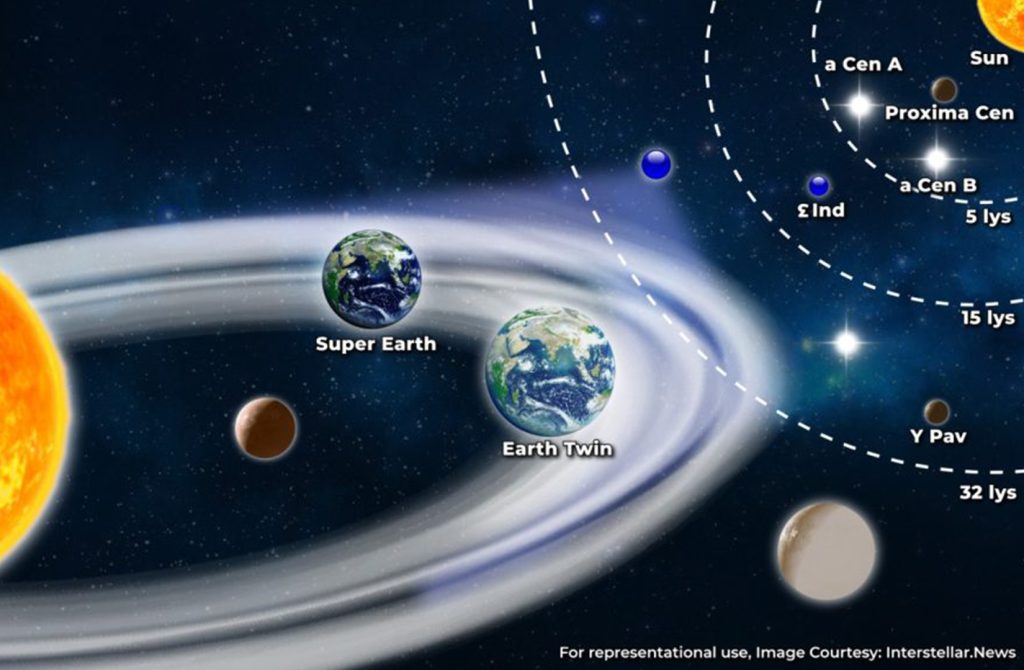Chinese scientists have proposed a unique exploration program called the Closeby Habitable Exoplanet Survey (CHES) to search for habitable planets from “near neighbours” of our solar system. The program involves sending a 1.2-meter-aperture telescope into a Halo orbit at the second Lagrangian point of the Sun-Earth system. Using high-precision astrometry, the telescope will survey approximately 100 Sun-like stars within 32 light years away from our solar system, detecting the number, planetary mass, and 3D orbits of nearby planets.
The CHES team, led by principal investigator Ji Jianghui from the Purple Mountain Observatory of the Chinese Academy of Sciences (CAS), has completed demonstrations of scientific objectives and critical technologies, developed a 1:6 scale prototype of the telescope, and developed a method to correct image distortion, a satellite control method with high stability and high pointing accuracy, and tested the micro-pixel-level measurement technology of star relative positions in a vacuum environment. The successful prototype demonstration has laid a solid foundation for exploring Earth-like planets in the habitable zone.
According to Wu Ji, president of the Chinese Society of Space Research and former director of the National Space Science Center of the CAS, the search for nearby habitable planets is an important frontier issue. Scientists are more concerned about nearby, Sun-like stars that harbour potentially habitable Earth-like planets rather than the host stars of terrestrial planets discovered in the habitable zone, primarily red dwarfs with flares producing intense radiation not suitable for the survival of life.
Currently, 70% of discovered exoplanets are spotted using the transit method, which requires planets to move in front of their star with edge-on orbits. However, the probability of such a scenario is very low, and the discovery of planetary candidates will need further confirmation via other methods from enormous ground-based telescopes. The transit method only retrieves the radius of planets and cannot directly measure their mass.
Ji and his team proposed an innovative method using astrometry to accurately measure the relative position change of the target star concerning 6 to 8 distant reference stars in the microarcsecond-level scale. This method evaluates the tiny wobble of the target star caused by the gravitational disturbance from its orbiting planets. It detects Earth-like planets in the habitable zone around nearby Sun-like stars. This method is not limited by the planet’s orbital plane, allowing for a comprehensive survey of habitable worlds around nearby Sun-like stars.
If Earth 2.0 can be detected around the neighbouring Sun-like stars, it will be easier for scientists to investigate and would be a great discovery, said Wu.





